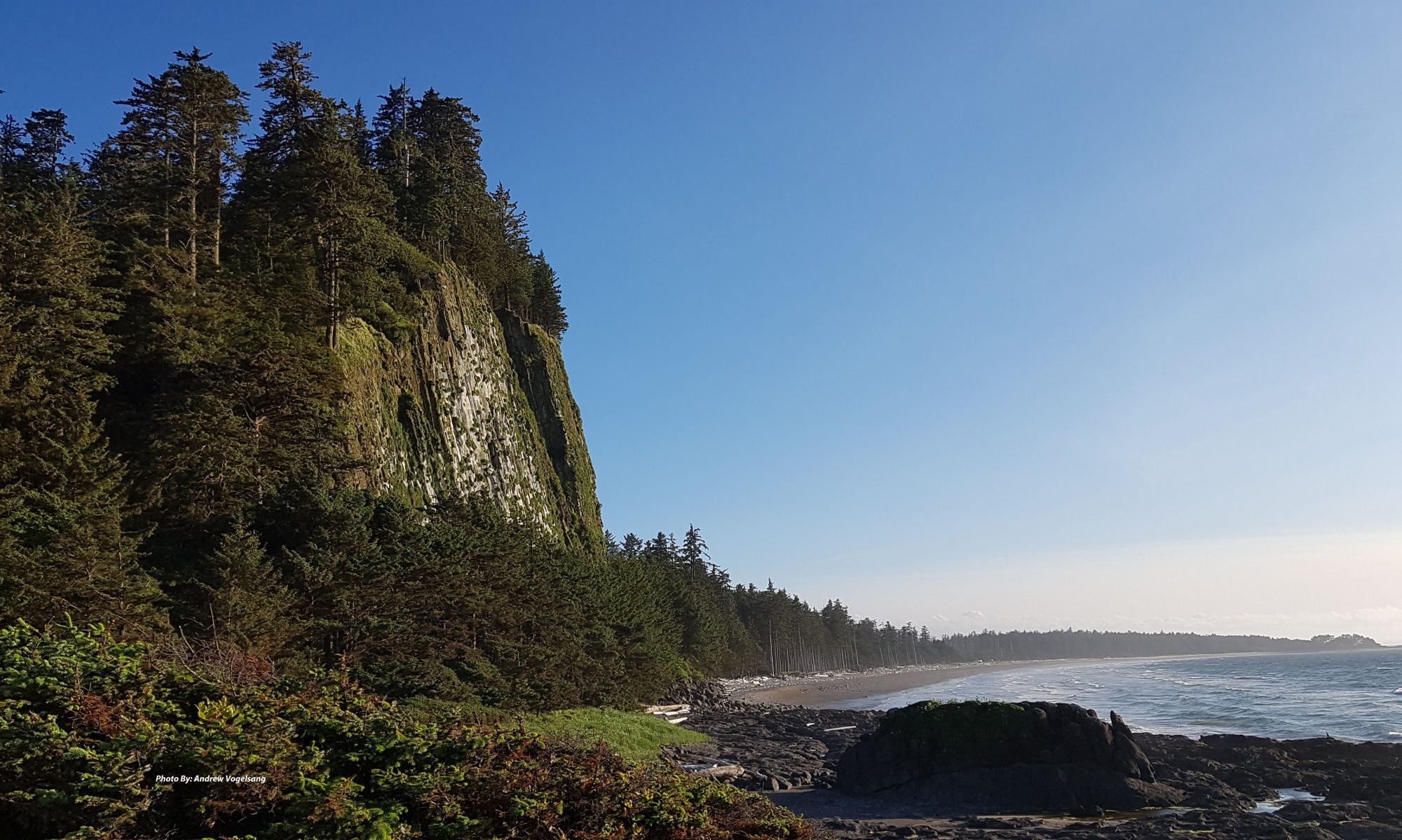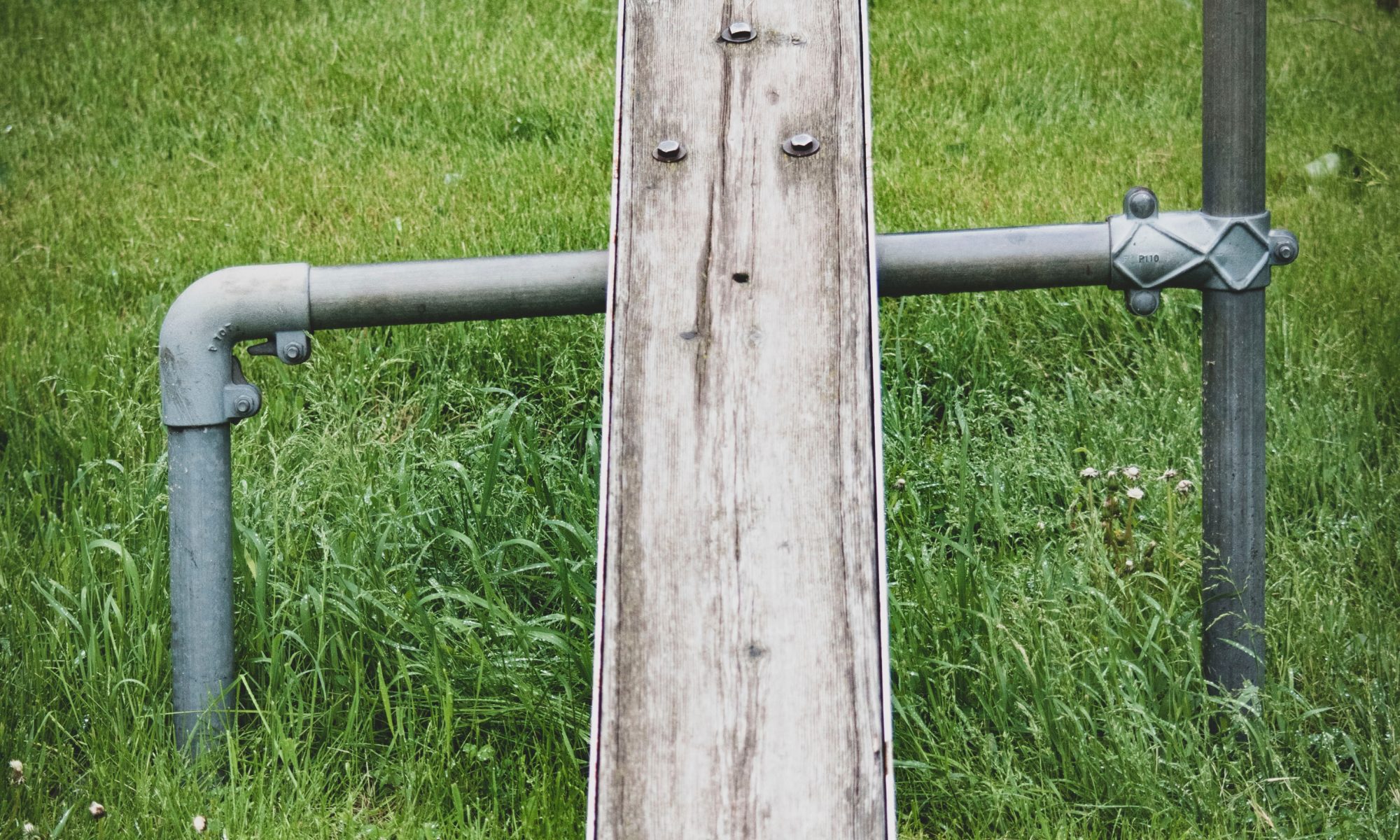Photo by Jon Sailer on Unsplash
It is my opinion that curriculum is a Seesaw. This is based on the premise that for one to be up, the other must be down. I am not implying this to be true in all cases, I am basing this off the interactions I have had with colleagues that seems to sum up the dichotic nature we are in as a society.
Seesaws are a simple construct. One side goes up, and the other goes down as force is applied by pushing on the ground. This is true of the educational practices that we see changing all the time. But why? Is all that is old, bad? No. Does what is proven to be useful become pointless because there is something new and shiny? That seems to be the way some districts and schools think. If one side of the seesaw is on the top, then falls because the applied upwards force (support of people) has diminished, should it be cast out and replaced? Here is an example to illustrate my point. I was a Whole-Language product in school, which meant phonics was bad and that Whole-Language was the best way for me to explore language. That may work with some, but was an epic failure for me. I still struggle with some basics, and my spelling is brutal (thank you spell-check). Would phonics have increased my abilities? Maybe. However, the issue was, we were using Whole-Language only. This is the core issue that pervades the educational system of thought. For me, the best place to be on a seesaw is the middle. If you apply enough stabilizing force to the middle, you will hold up both sides; that way the learning can be student-centred, based on their needs and not the prevailing wind of pedagogy. We must break the idea that for one to be true, the other needs to be false. Sometimes, both are true when interpreted through the needs of the learners in front of you.
I teach at Fort St. James Secondary School in Computer Science and Senior Humanities. In a school as small as ours, Computer Science means everything in one class, from making movies and digital music to coding and game creation, and everything in between, in one room at one time. This affords collaboration with each learner as to what they are learning, why they want to learn that, and how they will display that learning. In the Senior Humanities, the content is more structured but demands individual engagement. I do not allow for much sheer regurgitation. Context is everything.
In response to Egan and Blades articles, I would say I was left more confused than when I came in, in terms of what curriculum is. I found Egan’s (2003) historical perspective to be well laid out, but his conclusion that content is more important than the process is to me, simplistic, as either one is hindered by the weakness in the other.
Blades’ (1997) article was more of a deconstruction of what we find comfortable, compared to what is possible. He states, “I realized then for change to be possible, it would not be enough to determine how enframing works; the task ahead involves a constant effort to remove the frame whenever and wherever it appeared” (p.150). I find myself agreeing with Blade. If we only do what is, or has been done, we miss all that is possible.
It is most important to look at curriculum through the lens of teacher autonomy. Furthermore, due to the recent, open but scaffolded, changes in the BC Curriculum, this autonomy allows us to shape the content we teach and certain freedom as to how we design its process. This ability gives us, as individual educators, the freedom to balance the seesaw by using the pedagogy that fits for the class, both as a whole and the individual learners in the class.
References
Blades, D. (1997) Procedures of Power in a Curriculum Discourse: Conversations from Home. JCT, 11(4), 125-155.
Egan, K. (2003) What is Curriculum? JCACS, 1(1), 9-16.


I enjoyed the complexity of the seesaw metaphor you used. The points you made in connection to your experiences with whole language learning and the adage that in order for “one to be true the other needs to be false” really resonated with me. I agree, this idea needs to be broken!